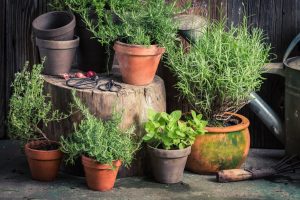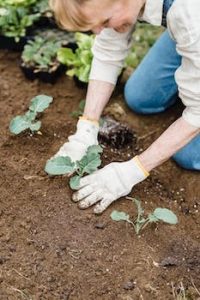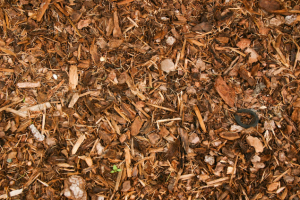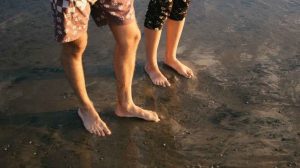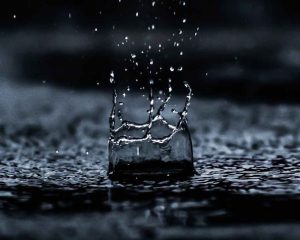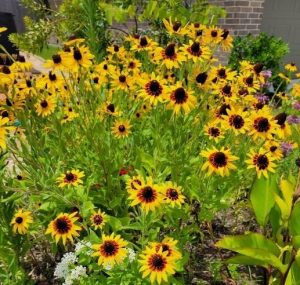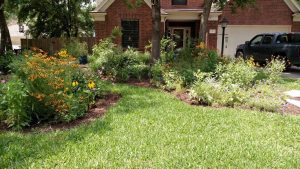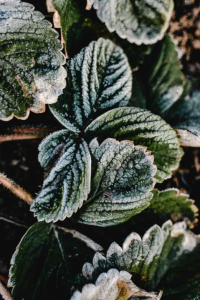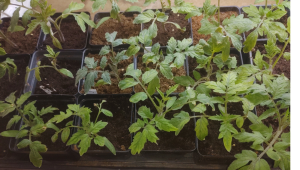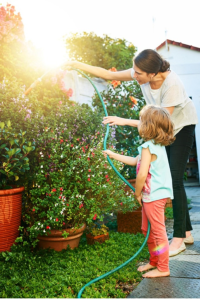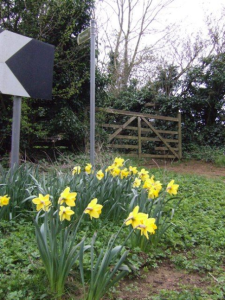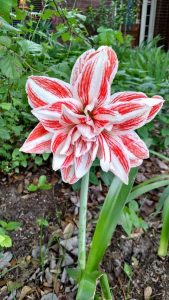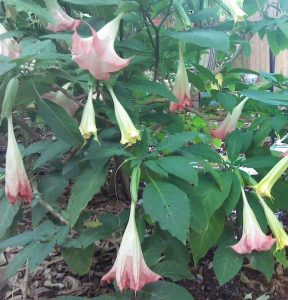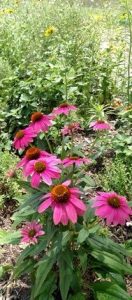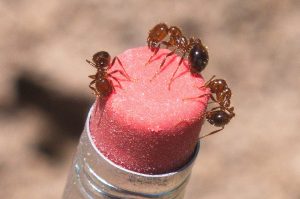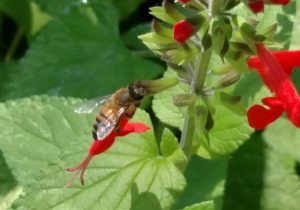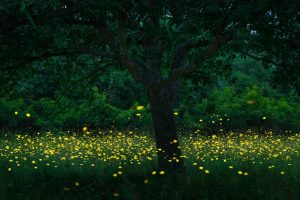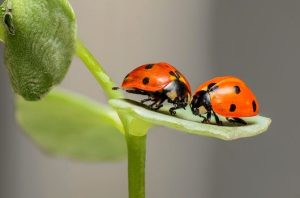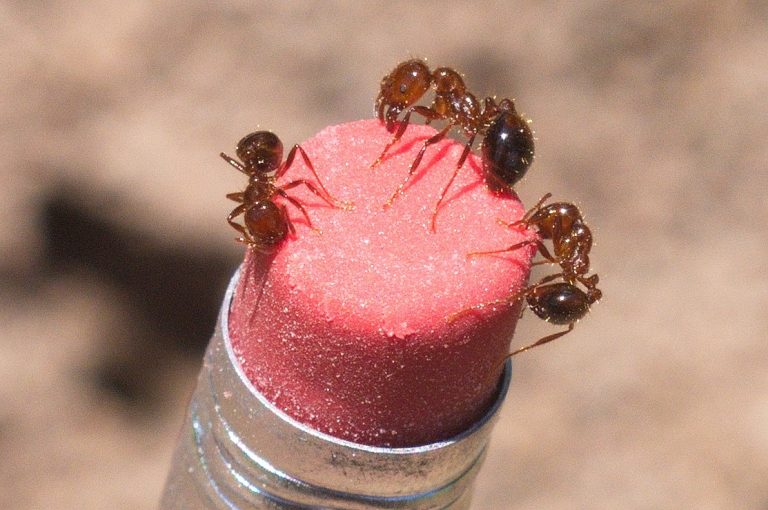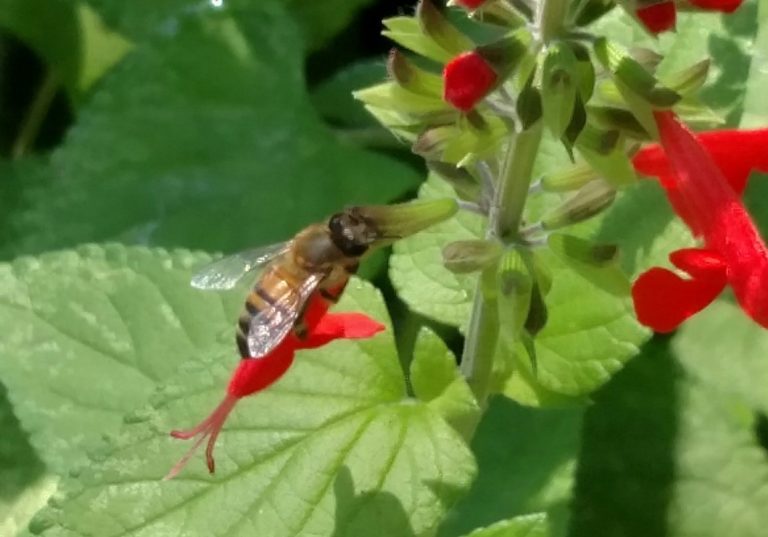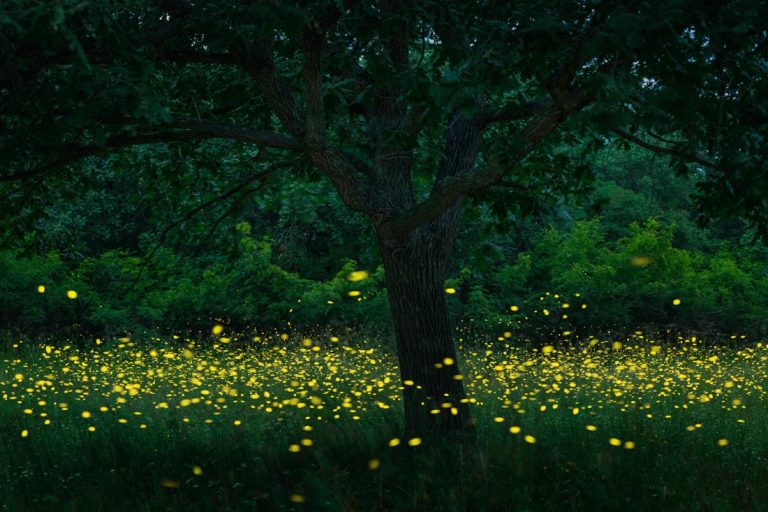Planting summer vegetables, taking care of parched perennial and annual flowers, paying special attention to your lawn and taking care of yourself during the stifling July heat should leave you with plenty to do.
Vegetables
It’s not too late to plant some vegetables. Okra, Southern peas (black eyes, purple hulls, crowders), and Malabar spinach will do well now. As far as tomatoes, if you live here on the Gulf Coast, the first week in August is the best time to put in transplants if you can find them. Many of my gardener friends are just starting their seeds now, hoping to have them ready to transplant in early September. Since our fall (all two days of it) comes later than in most parts of the country, you could be picking tomatoes by the end of October or early November. But remember, when September comes around, it’s still scorching, so make sure you keep the soil moist and use a mulch to help keep moisture in the ground
Flowers
Summer is stressful for perennials and annuals, although native plants will fare better than introduced ones. Ensure you irrigate at least 8 inches deep. Drip irrigation works best. Find emitters that will provide a gallon per hour to thoroughly penetrate the soil in your flower beds. Robert “Skip” Richter, an extension horticulturalist, points out that zinnias, marigolds, Mexican sunflower, sunflowers, and moss rose, among others, are good summer annuals. Check for insect pests, like spider mites and aphids. Usually, a quick, hard spray of water will dislodge them. This probably won’t kill them, but they’re so small and slow-moving that they’ll die during their arduous journey back to the plant, either of old age (it’s relative) or as food for some voracious bug.
Lawns
Turf grass-like St. Augustine needs no more than one inch of water per week. That includes rain. So if it rains a half-inch, you only need to irrigate a half-inch more. Use the cycle and soak method when irrigating. Here’s how it works: if you plan to water each zone for 20 minutes, instead, irrigate each zone for 10 minutes, and then run each zone for another 10 minutes. That will leave time for water to sink into the ground instead of running off into the street. More than an inch of water a week can wreak havoc with your yard, weaken grassroots, encourage damaging fungi, and invite unwanted pests, like grub worms and sod webworms.
Mow weekly, but set your mower to the highest level. As I’ve said often, grass blades are leaves. Leaves are the factories that make food for the plant. Roots take up water and minerals from the soil and send them to the grass blades. The blades then absorb CO2 from the air. Using sunlight as a source of energy, the plants create photosynthesis. Through this, the blades (leaves) make glucose and starch, which the plant then transports to other parts (lower leaves, stolons, roots. The less of the grass blade you cut off, the more the grass can produce more food.
Do not fertilize your lawn during the summer unless there is an exceptional reason why you may need to. If you mulch your clippings, you are actually returning a lot of nutrients back into the soil. Also, don’t use any broadleaf weed control when the temperature is above 80 degrees. It can stress St. Augustine. Stressed St. Augustine is more susceptible to disease and pest damage.
Drip Irrigation
Consider installing drip irrigation in your flower beds, in your vegetable garden, and around your trees. It’s inexpensive, easy to install, and can lower your outdoor water use by 30 to 50 percent.
A Gardener’s Health
We are entering a scorching period. Drink plenty of fluids. Wear a hat. Try to protect areas that are exposed to the sun. Use sunscreen. Too much sun exposure can lead to skin cancer and other skin problems.
Stop periodically and cool off. Sit in the shade and, if possible, in a place with a breeze. Wet a neckerchief or invest in a cooling tower. I use a cooling towel or a regular gym towel when working in the heat. It works wonders. When I take a break, I simply wet it again, wring it out, and sit in the shade.
Don’t forget your electrolytes. Water is necessary for life, but electrolytes are needed too.




